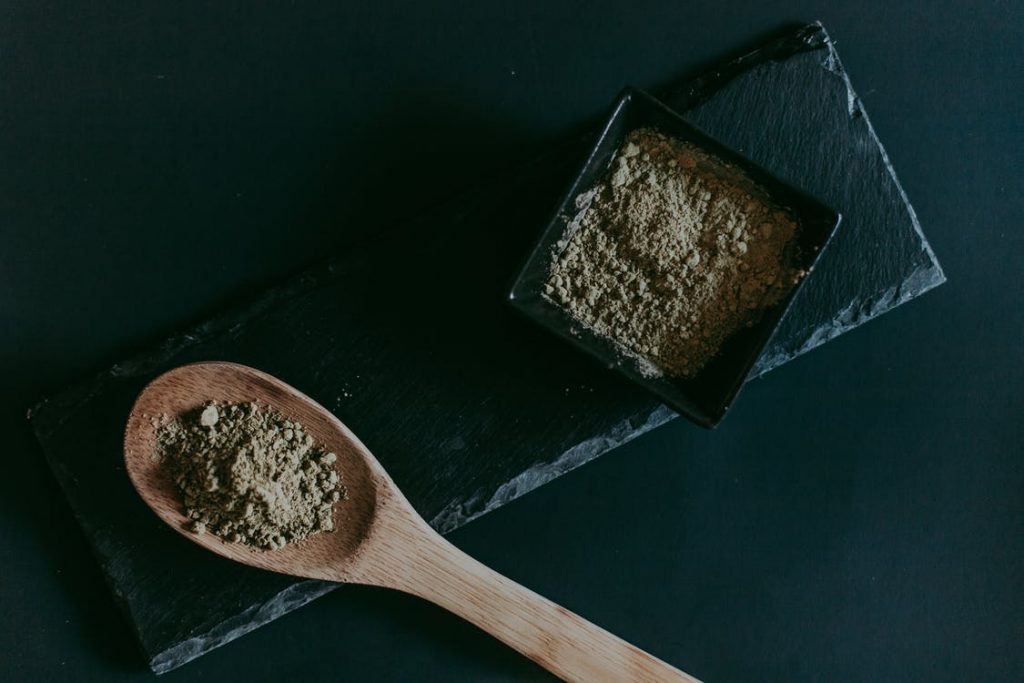
Kratom, derived from the leaves of the Mitragyna speciosa tree native to Southeast Asia, has a rich history and a wide range of uses beyond its medicinal applications. While kratom has gained attention for its potential therapeutic benefits, including pain relief and mood enhancement, its cultural significance and diverse uses extend far beyond medicine.
In this exploration, we delve into the multifaceted history and diverse applications of kratom powders, shedding light on their cultural, social, and traditional significance.
Historical Roots of Kratom
Traditional Use:
Kratom has been an integral part of Southeast Asian cultures for centuries, where it has been used for various purposes, including religious rituals, social gatherings, and traditional medicine. Indigenous communities in countries like Thailand, Malaysia, and Indonesia have long valued kratom for its stimulating, sedative, and analgesic properties.
Cultural Significance:
In traditional Southeast Asian societies, kratom has been revered as a sacred plant with spiritual significance. It has been used in ceremonies, festivals, and rites of passage to promote social cohesion, enhance spiritual experiences, and foster a sense of community. Kratom’s cultural significance is deeply intertwined with the region’s history, folklore, and traditions, making it an integral part of local customs and practices.
Diverse Uses of Kratom Powders
Social and Recreational Use:
In addition to its medicinal properties, kratom is often used for recreational purposes and socializing. Kratom powders are commonly consumed in social settings, such as parties, gatherings, and celebrations, where they can enhance mood, increase sociability, and promote relaxation.
Many users enjoy kratom as a natural alternative to alcohol or other substances, appreciating its stimulating and euphoric effects without the negative side effects. Santa Cruz Sentinel gives information about the best Kratom strains to try for pain relief and anxiety.
Traditional Practices:
Kratom powders play a significant role in traditional Southeast Asian medicine, where they are used to treat various ailments and promote overall well-being. Indigenous healers and traditional medicine practitioners often prescribe kratom for conditions such as pain, fatigue, digestive issues, and mood disorders. Kratom’s analgesic, anti-inflammatory, and mood-enhancing properties make it a versatile remedy in traditional healing practices.
Cultural Rituals and Ceremonies:
Kratom powders are an essential element in many cultural rituals and ceremonies across Southeast Asia. From religious ceremonies to ancestral worship, kratom invokes spiritual connections, honors ancestors, and marks significant life events. In countries like Thailand, kratom leaves are traditionally chewed or brewed into tea during rituals, symbolizing purification, blessing, and communion with nature.
Modern Perspectives on Kratom
Global Popularity:
In recent years, kratom has gained popularity beyond its traditional range, attracting attention from individuals seeking natural remedies, alternative therapies, and recreational substances. Kratom powders are now widely available in Western countries, where they are marketed as dietary supplements, herbal remedies, and mood enhancers. Online vendors and specialty stores offer a variety of kratom strains and formulations to cater to diverse consumer preferences.
Controversy and Regulation:
Despite its growing popularity, kratom remains a controversial and legally ambiguous substance in many parts of the world. While some countries have embraced kratom as a legal and regulated herbal supplement, others have imposed restrictions or outright bans due to concerns about its safety, abuse potential, and addictive properties. The regulatory landscape surrounding kratom continues to evolve, with ongoing debates about its classification, availability, and legality.
Culinary Uses of Kratom
Incorporation into Food and Beverages:
Beyond its traditional and medicinal uses, kratom powders are increasingly finding their way into culinary creations. From kratom-infused teas and smoothies to baked goods and savory dishes, creative chefs and home cooks are experimenting with ways to incorporate kratom into their recipes. Advocates of kratom cuisine tout its unique flavor profile and potential health benefits, while critics raise concerns about proper dosage and safety when consuming kratom orally.
Conclusion
In conclusion, kratom powders have a rich history and diverse uses that extend far beyond their medicinal applications.
From traditional practices and cultural rituals to modern recreational use and global popularity, kratom occupies a unique place in the cultural, social, and traditional landscapes of Southeast Asia and beyond.
While the controversy surrounding kratom persists, its cultural significance, therapeutic potential, and widespread use continue to shape its role in society and influence its regulatory status. As interest in kratom grows and scientific research advances, it is essential to recognize and appreciate the multifaceted nature of this remarkable plant and its powders.

















Follow Us